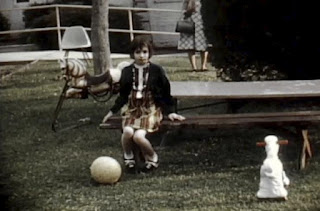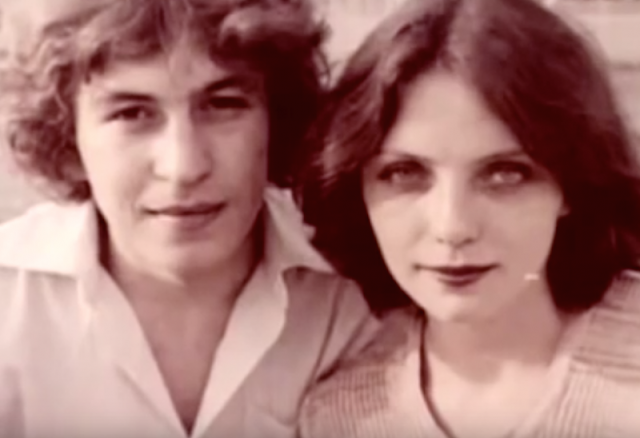Chief Mkwawa-Tanzania : The most brilliant war tactician in history
Chief Mkwawa-Tanzania (then Tanganyika)
Have you ever heard about the German Schutztruppe‘s first stinging defeat in Africa?
Have you ever heard about the African Chief whose skull was part of the Treaty of Versailles’ negotiation?
Please meet Chief Mkwavinyika Munyigumba Mwamuyinga of the Hehe (also known as Mkwawa). The most brilliant war tactician Tanzania as a country to ever have.
Chief Mkwawa
The 1891 Battle of Lugalo goes down as one of the best battles in military history.
In its East Africa colonial expansion the German commander in East Africa, Emil von Zelewski, decided to personally head German forces against the Hehe in 1891.
Emil von Zelewski
Mkwawa was well informed about the Schutztruppe as they advanced towards Iringa in August 1891.
The Hehe had a superior intelligence gathering organization. It was made up of Wahandisi who were placed about four days walk from their main forces.
Another group called Wadagandaga were stationed several hours in front of the Hehe army. Information was collected and forwarded to Hehe commanders.
Hehe Warriors in the early 20th Century. Note the hide shields and facepaint or masks of the warriors in the foreground.
A Hehe warrior
Hehe commanders evaluated the situation and decided to avoid an open battle in the valley with the enemy forces. The Schutztruppe had artillery, machine guns, and rifles. The Hehe had a few muskets, shields and stabbing spears. Mkwawa and his commanders decided on a brilliant plan. The Hehe army would attack the Schutztruppe at a rocky gorge near Lugalo. It was a narrow path that enemy forces had to pass through on their way to Iringa.
The dry Ruaha Riverbed not far from the battlefield, giving an idea of the terrain of the area.
A Schutztruppe Field Company on the March in the early 20th Century. Note the officer on a donkey on the far right
Hehe soldiers waiting patiently on August 17, 1891 as enemy forces approached. Zelewski led his forces in the front on a donkey. The Hehe attacked with lightning speed. The Schutztruppe were caught by surprise. What followed was mostly hand to hand combat. At the end of the battle, only about sixty four Askaris and two or three German officers lived to tell the story. Zelewski’s body laid lifeless on the ground. A sixteen year old Hehe warrior stabbed and killed him on the spot.
This is an article published in the French magazine "Le Petit Journal" #45, October, 3 1891 of the event at Lugalo
This was the worst defeat in the history of Schutztruppe!
Zelewski was arrogant. He never thought Africans were capable of such brilliant planning and execution. Many historians focus on Zelewski’s mistakes. Such approach misses an important lesson: the Hehe victory was a result of a brilliant battle plan. The victory at the Battle of Lugalo places Mkwawa next to some of the best military minds of the time.
Modern reconstruction of the battle of Lugalo, using Google Earth image
For the Germans who had lost their commander and a quarter of the colony's armed force in one day it was a devastating blow.
The Germans were forced to go back to the drawing board and rethink their strategy against the Hehe. The self-delusional ideas about African inability to use their intellect, if they had it at all, had to be reconsidered. The Germans spent the next three years organizing and preparing to defeat the Hehe and kill Mkwawa.
Schutztruppe Askaris formed into a defensive square during training in the early 20th Century.
On 28 October 1894, the Germans, under the new commissioner Colonel Freiherr Friedrich von Schele, attacked Mkwawa’s fortress at Kalenga. Although they took the fort, Mkwawa managed to escape. Subsequently, Mkwawa conducted a campaign of guerrilla warfare, harassing the Germans until 1898 when, on 19 July, he was surrounded and he shot himself to avoid capture.
German memorial to their dead at the battle of Lugalo
After his death, German soldiers removed Mkwawa’s head. The skull was sent to Berlin and ended up in the Übersee-Museum Bremen.
It was difficult for them to believe that an African was capable of doing what Mkwawa and the Hehe did to them. The Hehe never ceased in their quest to have Mkwawa’s skull returned. The Hehe sent delegations to British colonial authorities demanding the return of the skull starting in 1918 at the conclusion of World War I. A section was inserted in the 1919 Treaty of Versailles requesting Germany to return the skull. The skull’s return was stipulated in the 1919 Treaty of Versailles:
“ARTICLE 246. Within six months from the coming into force of the present Treaty, … Germany will hand over to His Britannic Majesty’s Government the skull of the Sultan Mkwawa which was removed from the Protectorate of German East Africa and taken to Germany.”\
Sir Edward Twining returning Chief Mkwawa’s skull in 1954
Chief Mkwawa’s skull in exposition at the Mkwawa Memorial Museum in Kalenga-Iringa, Tanzania.
Just a month after the return of the skull, a national independence organization, the Tanganyika African National Union (TANU), was formed. Mkwawa had his last revenge on the colonialists. Tanganyika won independence in 1961.
Other images source: Walther Dobbertin and Paul Shaffner from Frankfurt University Archive on Wiki Commons















Comments
Post a Comment